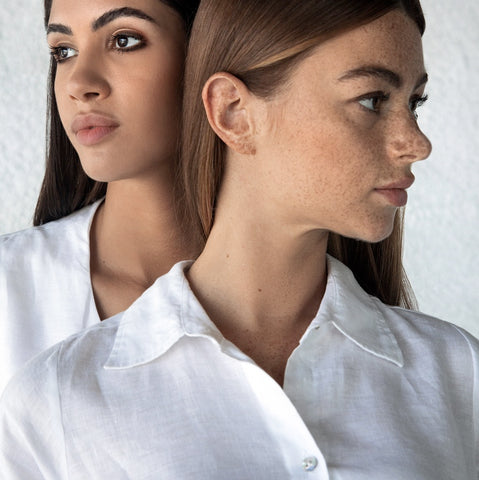When we think fashion, we typically think designers, glamour, celebrities and the red carpet. We look towards trendsetters to know what hemlines to wear and if loose or skinny fits are in. Fashion typically had two seasons, setting trends based on different weathers - Spring summer and Fall Winter. However around 20 years ago, some brands broke this cycle for multiple launches throughout the year, irrespective of the season. Well, someone figured the more often trends change more often consumers would shop.

But the increased launches through the years had unforeseen impact across the fashion value chain. Lack of proper forecasting especially given the increased launches led to massive wastage, right from fabric manufacturers to the brands. Not surprisingly the wastage spills over to our wardrobes – increased consumption, lower price points, resulted into a buy and throw culture.
Estimates suggest that 75% of fashion supply chain material ends up in landfills – one garbage truck full of textile every second.
Fashion has become one of the most unsustainable and polluting industries second only to Oil. The reasons range from, unsustainable practices to use of cheap synthetic fabrics to make clothes. Synthetic fabrics which can literally be melted into plastic and are worse than single use plastic because every time you wash them, you release microplastics into the oceans. 63% of clothes today are made from these unsustainable fabrics. Sure they are cheap for you, but they are extremely expensive for the plane
l
Slow fashion is not a trend or an industry practice - it is a lifestyle change. It starts from you the consumer. It urges you to take a step back and think, if you need to really buy something new, introspect on your reasons to buy and then when you do buy, to choose consciously. Choose pieces which are timeless in style, best in quality when it comes to fabrics and stiching, and made in a way that they look really good on you. Much like the Chanel suit, these are classics.
Slow fashion urges us to go back to when clothes were tailored for you, with fabrics you handpicked. Kate Fletcher, who coined the term, defines slow fashion as being quality based and not time based
Moving from a consumer who is willing to be more mindful with their consumption, slow fashion then encompasses the supplier, who produce smaller quantities, in good quality sustainable natural fabrics. Why smaller quantities – well just to ensure, all that is produced is actually consumed and worn – worn for years not days.
The designs and drops are geared towards quality and towards designs which are timeless and almost rebel against trends.
But this does not mean Slow Fashion cannot be fun. It is incredibly liberating to not worry about what trendsetters or influencers are wearing and also incredibly flattering, when you are wearing clothes which are unique, not easy to find and that make you look your best self. Slow fashion gives you back the control, to wear clothes which actually look and feel good, can be styled for different occasions and are comfortable. Nothing makes us wince more than seeing someone wearing a skin tight poly mix pant in the peak of Dubai summer. It may look nice on camera, but honey is it really worth it.
Believe us, gorgeous classics in gorgeous fabrics, will make more heads turn than whatever the industry may have you believe you need to own now. You can check our collection on https://be-earthly.com/collections

But like any movement, Slow Fashion cannot beat the industry which is trying to turn us into fashion addicts – unless more people join and believe in the movement. If ever your choice mattered, it is indeed now, when you choose not to buy if you don’t need to buy. If you do buy you buy, not to keep it in your closet but to wear, - wear well, wear for longer, and restyle to represent your individuality.
